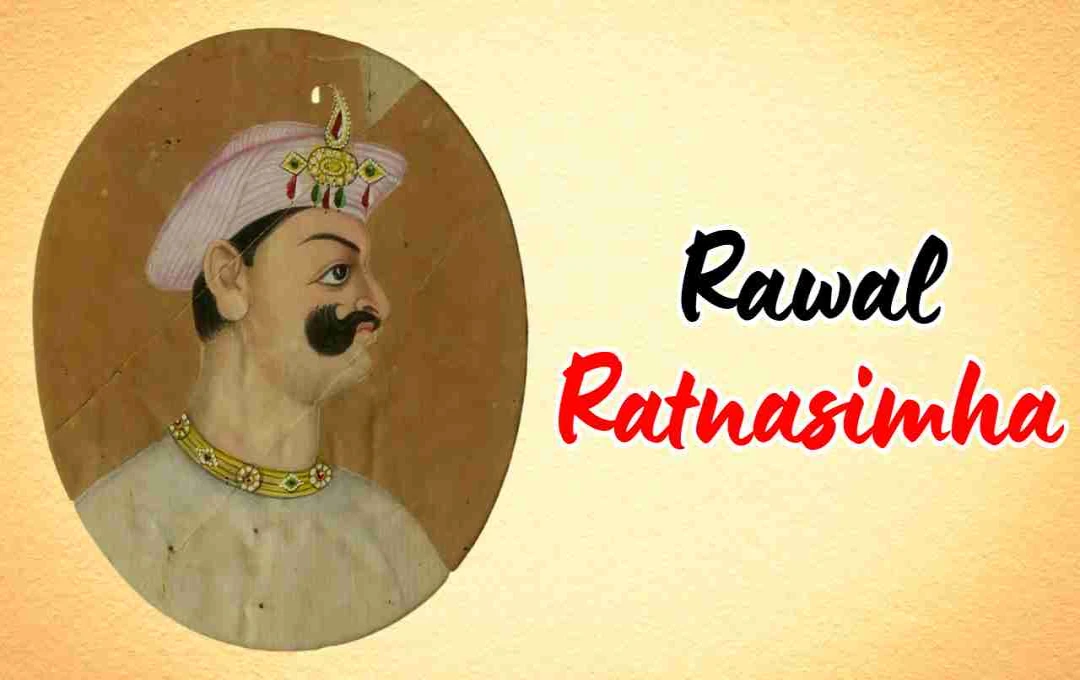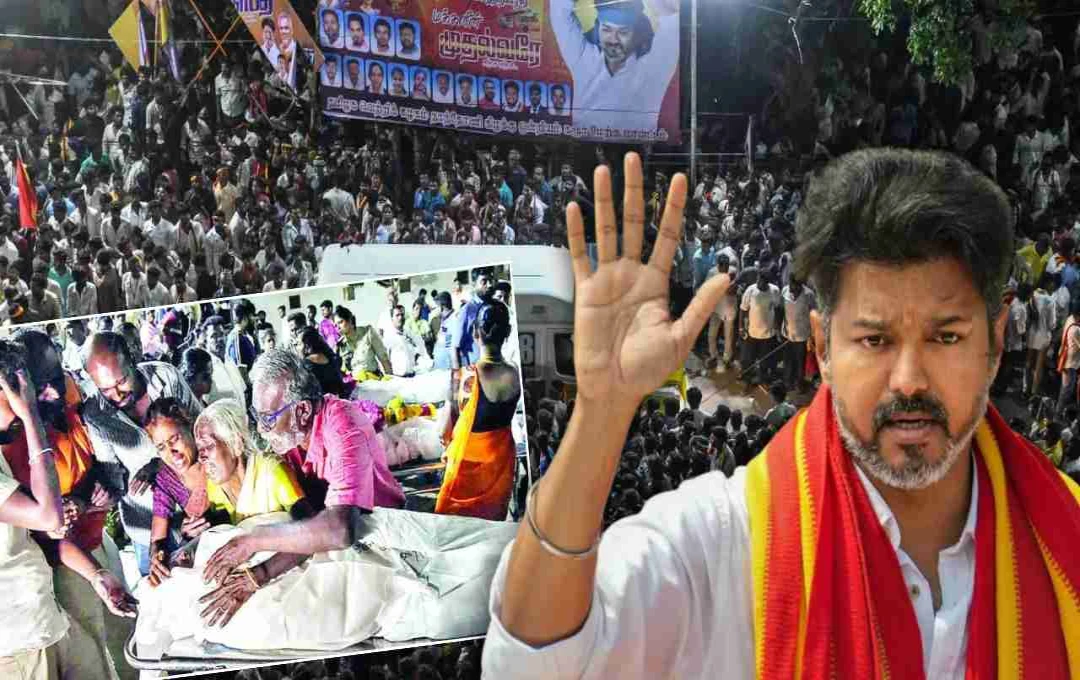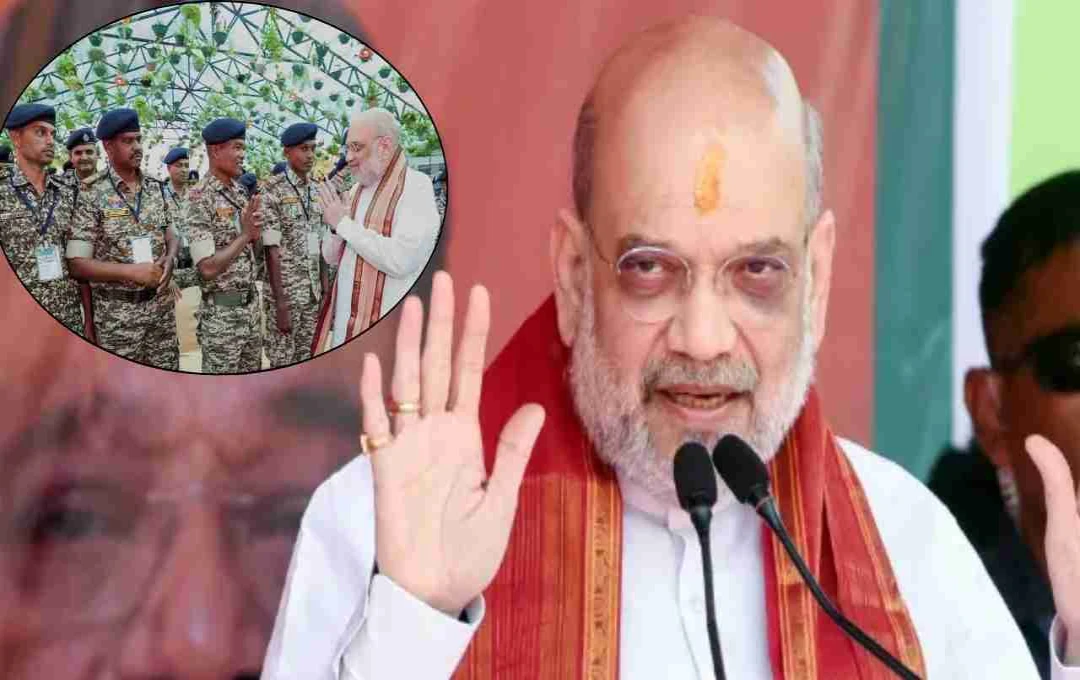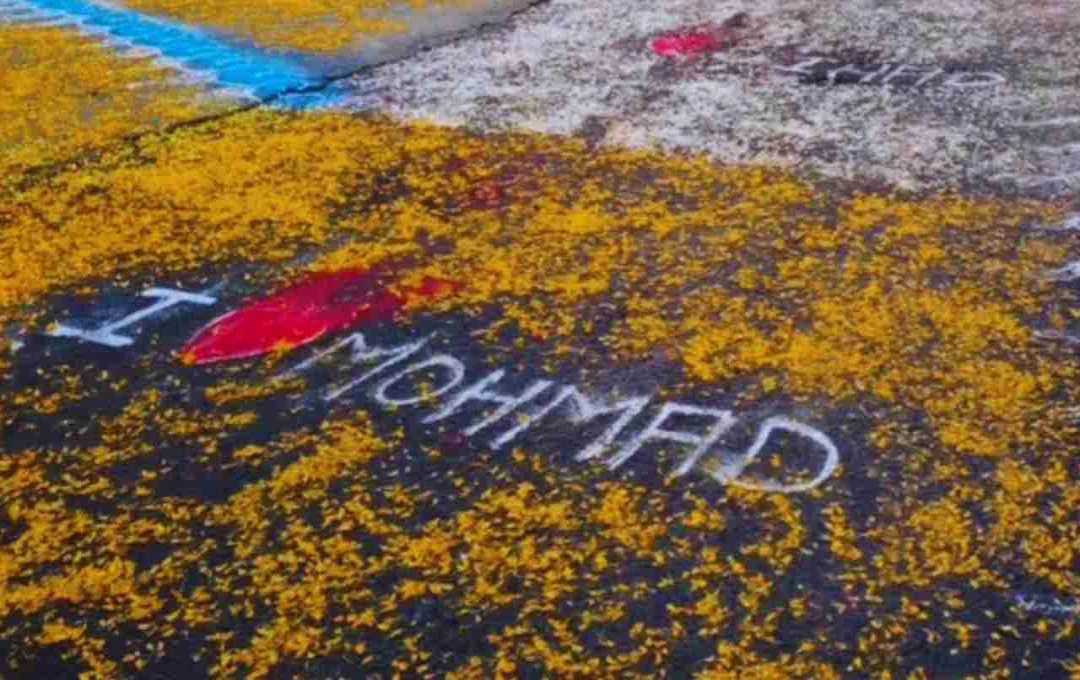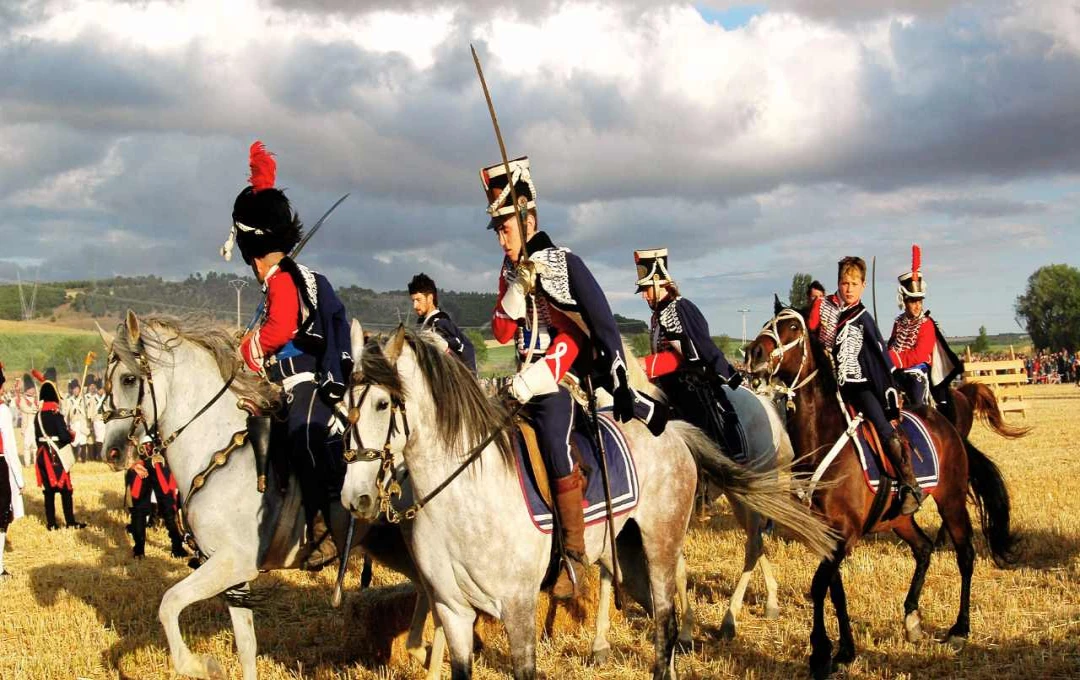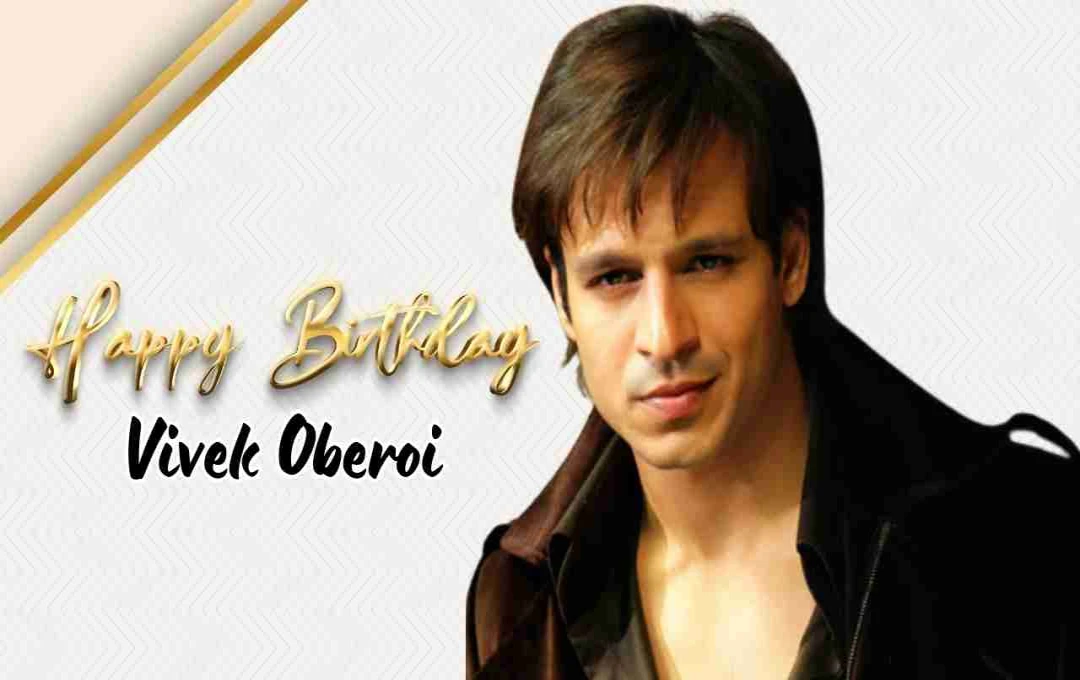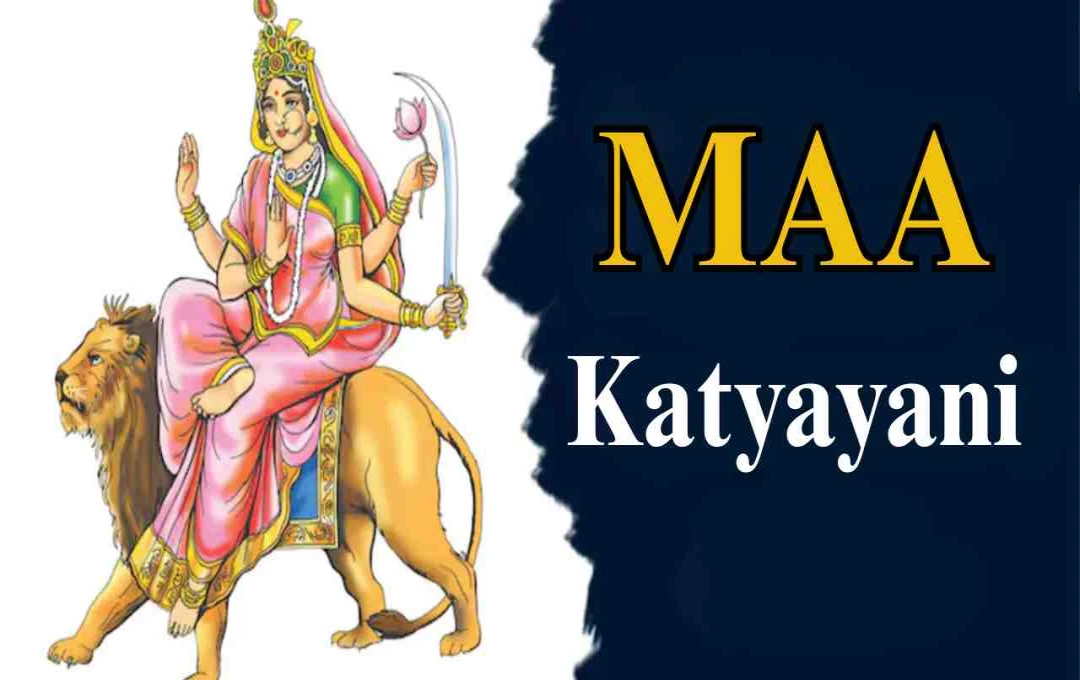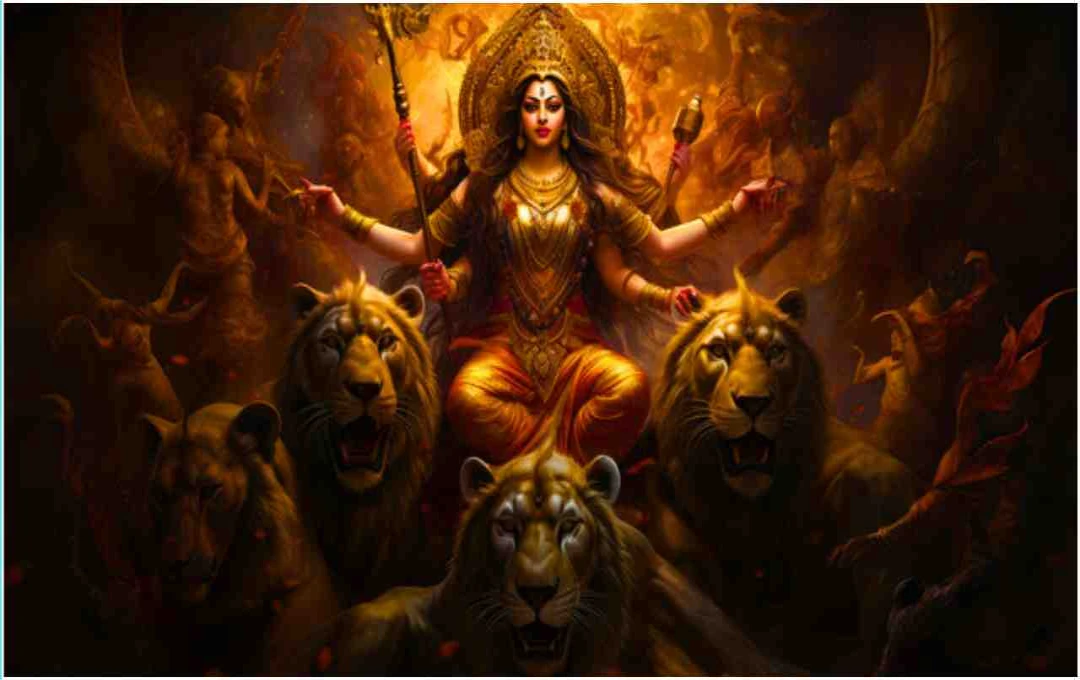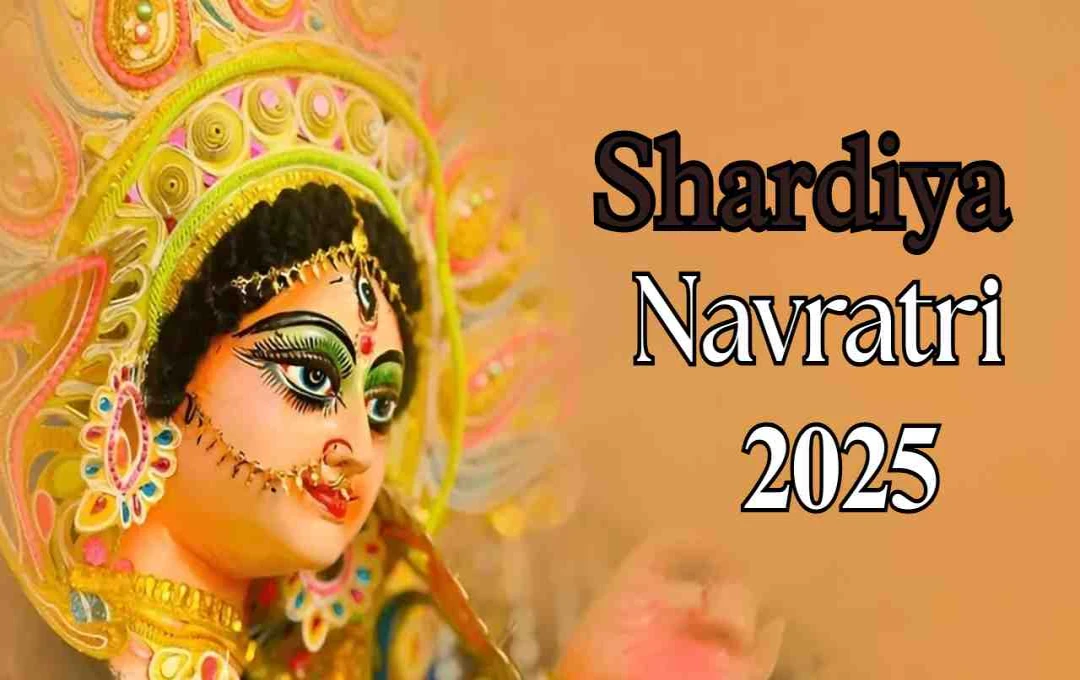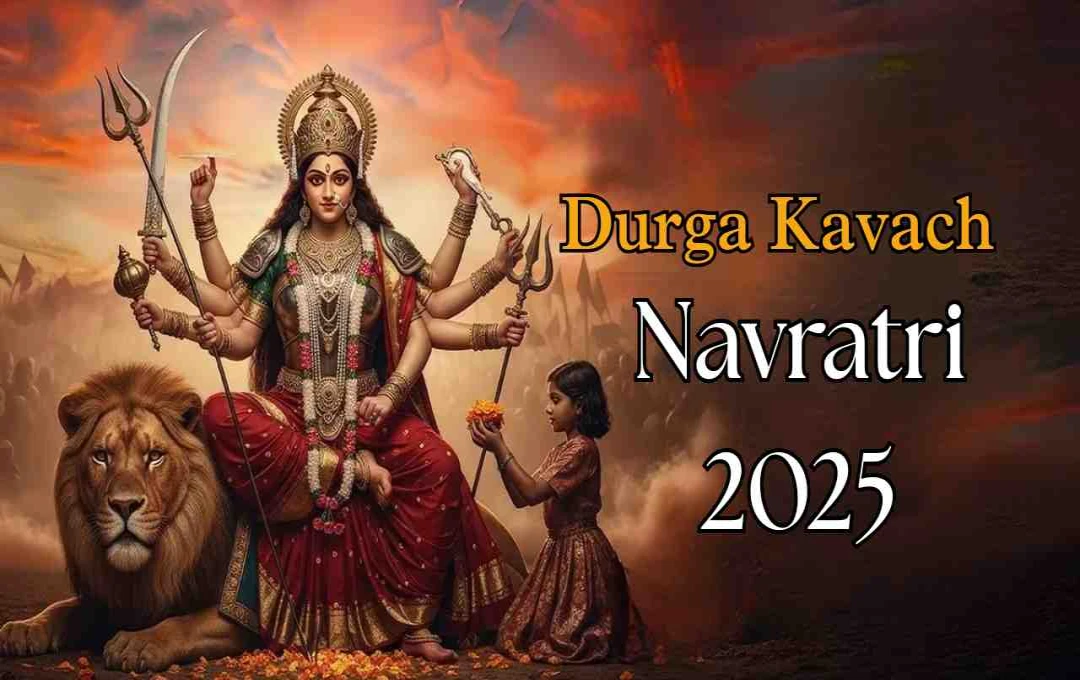Ratnasimha was the last Rawal of Mewar, who defended Chittor in 1303 during the invasion of Alauddin Khilji. His death, surrender, and the tale of Rani Padmini remain a subject of debate between history and legend.
Ratnasimha: The history of the Indian subcontinent is replete with tales of valor, sacrifice, and legends. Mewar, the land of warriors in Rajasthan, with Chittorgarh as a major historical center, has given birth to numerous warriors and rulers. Among them was Ratnasimha — the last ruler of the Rawal branch of the Guhil dynasty. There are numerous historical and mythological accounts associated with his reign and life, some of which are based on actual events, while others are the product of folklore and literary imagination.
Guhil Dynasty and the Rise of Ratnasimha
Ratnasimha's reign lasted from 1302 to 1303 AD. He belonged to the Rawal branch of the Guhil dynasty, which ruled Mewar and whose main center was the fort of Chittor (then known as Chitrakuta). He ascended the throne of Mewar after the death of his father, Samarsimha. Ratnasimha is clearly mentioned in the 1302 AD Dariba temple inscription, which states that 16 drammas were donated to the temple during his reign. In this inscription, he is referred to as 'Maharajakula', which indicates that the title of the ruler at that time used to be 'Raul'.
Crisis on Chittor: Alauddin Khilji's Invasion
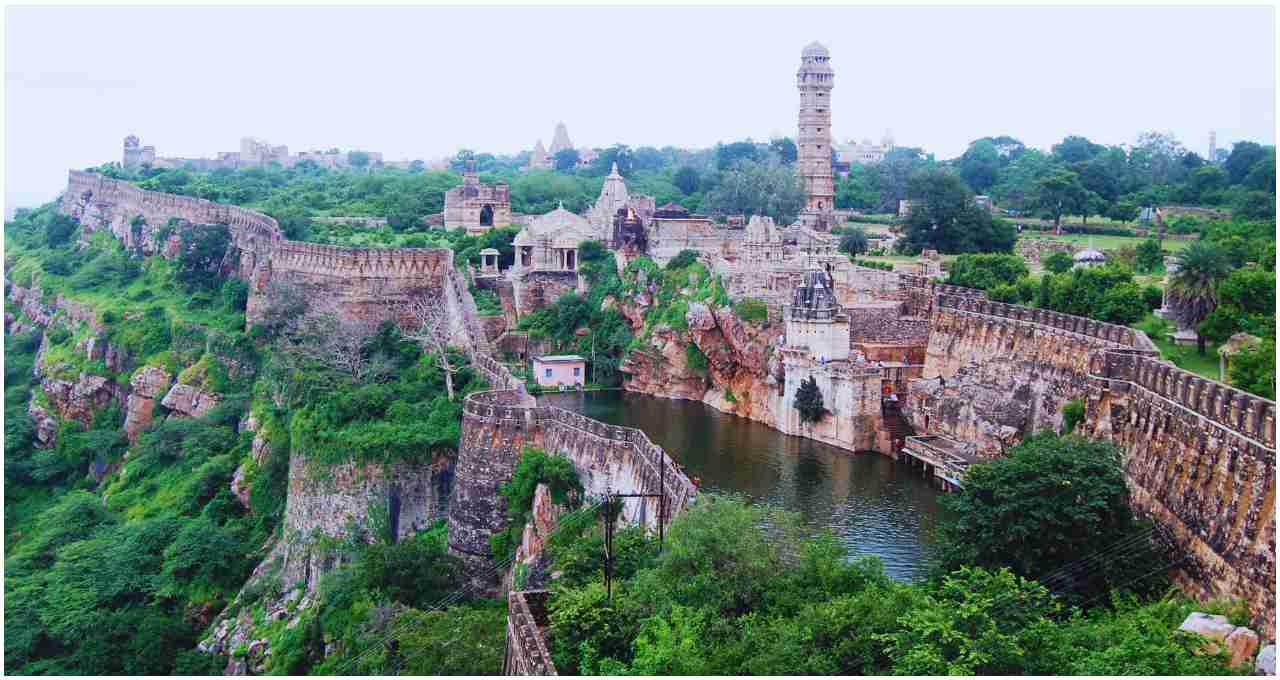
In the last years of the 13th century, the expansion of the Delhi Sultanate was at its peak. Sultan Alauddin Khilji, after establishing his authority over North India, marched towards Chittor. In 1303, he besieged Chittorgarh. In this struggle that lasted for months, his army attacked the fort twice from different directions, but they were not successful. Later, 'Manjaniq' (a type of stone-throwing machine) inspired by Mongol technology was used. On August 26, 1303, Khilji's army succeeded in entering the fort, and a dark chapter of history was written.
Ratnasimha's Fate After the Defeat: Surrender or Sacrifice?
Historians have different opinions on what happened to Ratnasimha after this historic battle. Amir Khusro, who was a court poet of Alauddin and was present during the war, writes that the ruler of Chittor, 'Rai', surrendered to the Sultan. After this, Khilji massacred 30,000 Hindus but pardoned Ratnasimha and his family. On the other hand, according to Jain texts and the Kumbhalgarh inscription, it is not clear whether Ratnasimha attained martyrdom in the war or retreated from the battlefield. Jain writer Kakka Suri writes that Khilji captured the ruler of Chittor and paraded him like a monkey from one city to another.
Role of Ratnasimha in the Eyes of Historians
Historians' opinions on this subject are clear:
- Historians such as Gauri Shankar Ojha and Kalika Ranjan Kanungo believe that Ratnasimha attained martyrdom in the war.
- R. C. Majumdar and Akshay Kirti Vyas are of the opinion that Ratnasimha had surrendered.
- Dasharatha Sharma believes that he survived and was taken prisoner to Delhi.
- It is also noteworthy here that the Kumbhalgarh inscription mentions Ratnasimha's 'departure', which can be taken to mean either death or cowardly escape.
Padmini's Tale: History or Imagination?
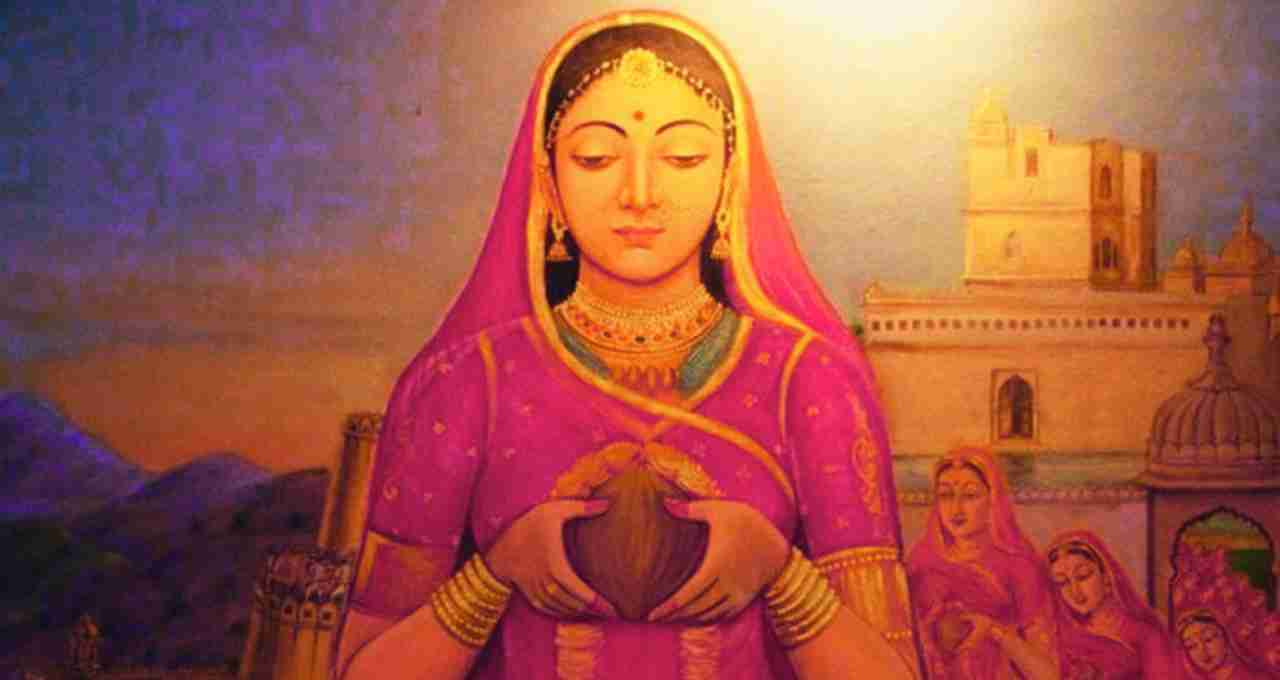
The most famous legend associated with Ratnasimha's life is that of Rani Padmini, which is described in Malik Muhammad Jayasi's 16th-century epic 'Padmavat'. According to it:
- Ratan Sen (Ratnasimha) married Princess Padmini of Singhal.
- Alauddin Khilji, after hearing the story of her beauty, attacked Chittor.
- Ratan Sen was taken to Delhi and later rescued by Padmini's warriors.
- The king of Kumbhalner, Devpal, sent a marriage proposal to Padmini, which offended Ratan Sen, who fought a war, and both kings died.
- Finally, Khilji conquered Chittor, and Padmini, along with other women, committed Jauhar.
The historicity of this tale has been questioned. Jayasi presented the events with literary embellishments 200 years after writing it. Padmavat is a Sufi poem, which contains many symbolic and imaginative elements.
Difference Between History and Legend
Kalika Ranjan Kanungo argued in his book 'A Critical Analysis of the Padmini Tale' that the Ratan Sen described in Padmavat was not Ratnasimha of Kumbhalgarh but a different person. He identified four different Ratnasimhas, who are described in various texts. However, historians Ram Vallabh Somani and Jogendra Prasad Singh opposed this idea and concluded based on evidence that Jayasi's Ratan Sen and Ratnasimha of the Guhil dynasty were the same person.
Padmini: A Myth or a Heroine?
Historians also have differences of opinion on the historicity of Padmini. Mughal historians like Abul Fazl called it a part of 'ancient history', which suggests that it is a character that originated from folk tales and myths. Historian S. Roy believes that it would not be appropriate to call the Padmini story completely false, but it would also be wrong to consider it a complete historical fact. It is possible that there is some historical basis, which has been embellished by time and literature.
Ratnasimha and Padmini in Popular Culture
The story of Ratnasimha and Padmini has acquired a special place in Indian culture. Many films, plays, and TV shows have been made based on their lives:
- In 'Chittoor Rani Padmini' (1963), Shivaji Ganesan played the role of Ratnasimha.
- In 'Bharat Ek Khoj' (1988), Rajendra Gupta played his role.
- In the TV series 'Chittod Ki Rani Padmini Ka Johur', Rohit Bakshi became Ratnasimha.
- In 'Padmaavat' (2018), Shahid Kapoor played the role of Ratan Singh.
These presentations have immortalized their image in the public mind by weaving together historical truth and literary imagination.
The life and death of Ratnasimha is a subject filled with historical enigma. His valor, struggles, and controversies have made him a ruler who has been equally noted by historians, writers, and filmmakers. The tale of Padmini and Jauhar has made him immortal, but we must understand that it is necessary to differentiate between history and legend.
